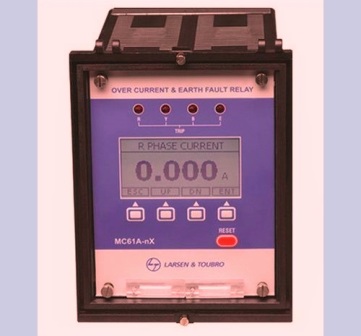IDMT relay
What is idmt relay: The IDMT relays are protection relays. They are used in the transmission lines to see that the line current does not exceed the safe values and, if necessary, operates the circuit breaker. IDMT means the minimum minimum time spent. As the current increases, the relay requires a minimum time to stop the circuit.
idmt meaning: Inverse means “a higher value of the current, less time required for the relay to activate the circuit”. The current and time of the line to actually travel in the CB follows an inverse proportionality. Re-transmission of inverted overload relay time.
Idmt relay characteristics
Idmt relay consists of an upper electromagnet that was provided with two windings one primary and the other secondary. The mayor is connected to a current transformer in the line that is protected and has eight staples. These connections are connected to a socket adjustment jumper, which adjusts the number of rotations that will be used to the current desired configuration.
The second comma called The secondary is powered by the induction effect and is wrapped above the central extremities of the upper magnet, since it is spread over the two lower limbs of the magnet.
Because , the leakage current from the upper magnet entering the disk has moved in phase from the flow input the lower disk of the magnet The pair of deviation is produced on the disk as we explained.
The disk axis has a mobile contact Determine two fixed contacts after turning the disc through a certain angle that has been established before. Any the configuration for this angle is possible from 0 to 360 °.
The variation of this angle gives different reels time settings The rotation speed of the disc depends on the couple, which in turn depends on the current configuration, When the charging current increases from this configuration it will be increases the speed of rotation of the resulting disk reducing the operation time. Therefore, the current time the characteristics of the relay respect the law of the inverse square.
The minimum defined characteristic of the idmt relay is obtained using a higher saturated magnet. East make sure there is no additional increase in f1ux when the current has reached a certain value and anything else increasing the current will not affect the operation of the relay. This results in a flattened temporal characteristic the relay receives its name as the minimum invested time relay lag (Full form of idmt relay : IDMT means inverse definite minimum time)
The current time characteristics of the relay it represents the time it takes to close the trigger contacts for different about current values. The horizontal staircase is marked in multiplier terms to determine the current, that is, how many times the relay current exceeds the current configuration.

